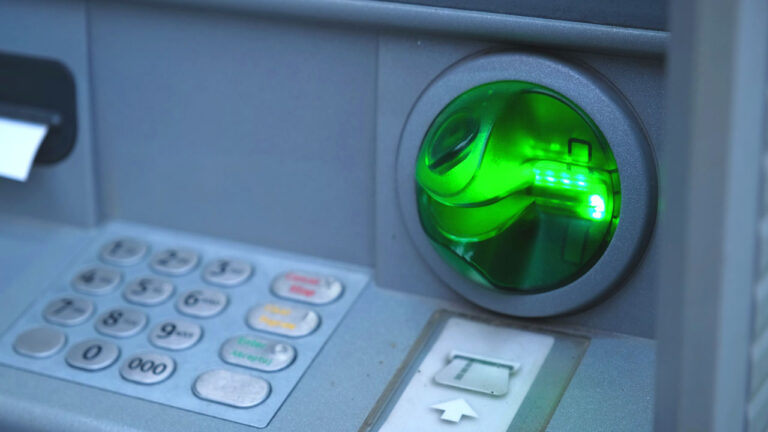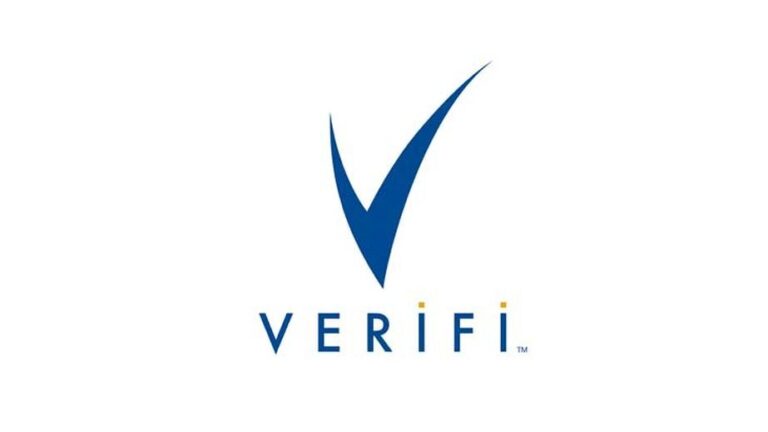How Does Zero Liability Policy Affect Merchants

Visa and MasterCard have “zero liability” policies in place in order to protect consumers against fraud. On the surface, this represents a way to ensure cardholders will always be protected from transactions they didn’t authorize. We’ll look at how these policies affect merchants. But first, let examine the details of how zero liability policies actually work.
What is zero liability protection?
Zero-liability protection policies essentially created the chargeback, way back in the Seventies. They force merchants to return funds when a cardholder reports a transaction dispute to their issuing bank. These policies were put in place to protect cardholders from fraudulent transactions and intransigent merchants.
There are four criteria general criteria that prevent cardholders from advancing a claim:
- Carelessness by users: If an acquaintance uses their card for instance, the cardholder is liable for the purchase.
- Slow to react: Cardholders have 60 days to report a dispute. If they report after that time window, can deny the claim.
- Cardholders history: Negative balances or late payments will strip users of protection.
- Invalid cards: Most issuers will protect personal cards only, corporate or prepaid cards may be denied protection.
Outside of those instances, a cardholder pretty much gets a rubber stamp from the issuer. Keep in mind, zero liability is as much about customer retention for the banks as it is about fairness, perhaps even more so.
Leading causes of cardholder disputes
Zero liability is mainly intended to protect cardholders from fraudulent or otherwise unauthorized transactions. Unclear descriptors on the cardholder’s statement can also trigger a dispute. When a cardholder does not recognize a transaction, they’re likely to consider it fraudulent, and raise a dispute that the issuer considers valid. This creates an opening for abuse, and has given rise to the friendly fraud epidemic merchants currently face.
Zero liability or Zero accountability?
Friendly fraud is known to the payments industry as chargeback fraud. Dishonest cardholders commit chargeback fraud to get around the limitations of zero liability. They may also just be out to commit cyber-shoplifting with this approach. It’s easy to get away with, and many cardholders see this as a victimless crime.
When chargebacks add up, it becomes increasingly difficult to discern friendly fraud from legitimate chargeback claims. Issuers a less inclined to differentiate either, since they want to keep the cardholder as a customer. And when they get away with it, cardholders become more likely to commit chargeback fraud again, creating a vicious cycle where only the merchants are losing in the end.
What to do to get a true zero liability policy?
Issuers and card associations are doing very little to stem the tide of chargeback fraud that zero liability causes. After all, zero liability is a marketing mechanism for the cards to get, and keep, more customers. The status quo is just too lucrative. So the burden falls almost entirely on the merchant.
To protect against chargeback fraud, merchants need to get proactive. Work your customer support. Optimize your descriptors. And keep copious transaction data. These are just a few things you can do up front to keep out from under the clouds created by these zero liability policies.
Preventative measures are a start, but they won’t stop the plaque of chargeback fraud that you face as a merchant. Your best bet against this fraud is to have an experienced chargeback management team in your corner. That’s where ChargebackHelp comes in.
If you’re getting hit with friendly fraud, doing nothing makes it worse. ChargebackHelp can help you protect your revenue with representment—fighting these chargebacks and sending a message to issuers and cardholders that you’re not a soft target. We offer a free chargeback analysis to show you the concrete ways you can take action.
You can’t win if you don’t fight! Drop us a chat down on the right, shoot us an email, or go old-school and call us 1.800.975.9905.







